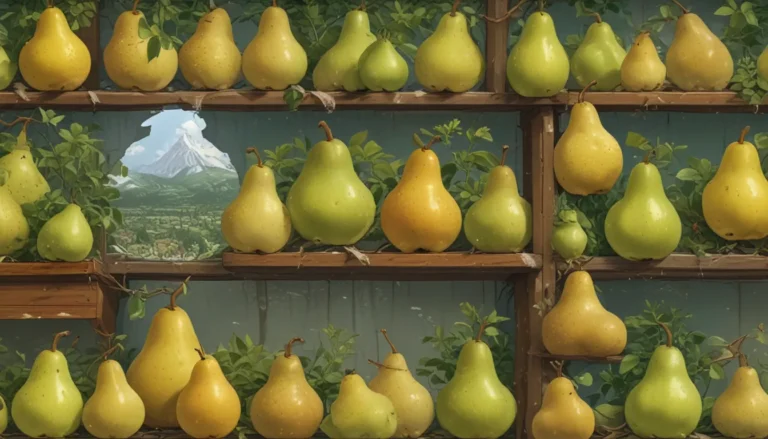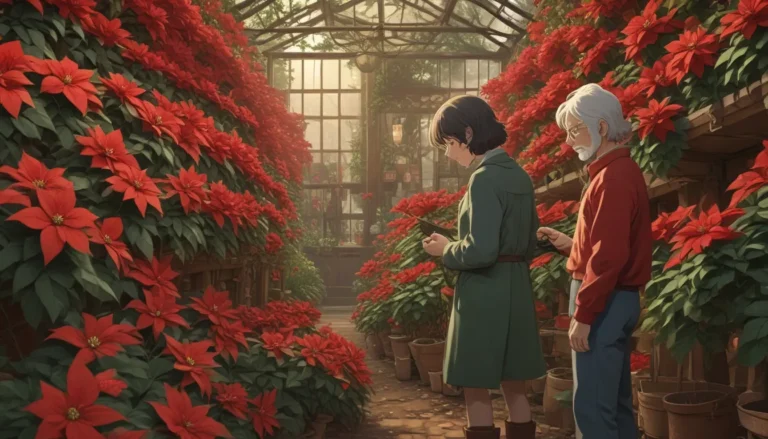How to Successfully Care for Nasturtiums Throughout Winter

Nasturtiums are known for their vibrant flowers and peppery flavor that adds a burst of color and taste to salads. As annual plants, they may struggle to survive the harsh winter conditions. If you’re looking to keep your nasturtiums thriving through the colder months, there are some essential steps you can take. Let’s dive into everything you need to know to care for your nasturtiums in winter.
Understanding Plant Hardiness Zones
To begin with, it’s crucial to understand your USDA Plant Hardiness Zone to determine if your nasturtiums can survive the winter outdoors. Typically, nasturtiums can withstand cooler temperatures in Zones 9-11. However, if you live in Zone 8 or below, it’s best to bring your plants indoors as they are unlikely to survive the winter outside.
Moreover, nasturtiums are known for reseeding readily. Even if you don’t collect seeds for replanting, some may sprout on their own in the spring if they dropped to the ground during the previous fall.
Nurturing Your Annual Plants
As annuals, nasturtiums complete their life cycle in one year. If you planted your flowers in the spring, they will produce seeds in late summer or early fall and die off with the first frost. However, you can collect the seed pods from the ground and start them again in the following spring.
If your plants haven’t set seed yet, you can help them thrive throughout the winter with a bit of care and attention. While there are perennial varieties of Tropaeolum, such as T. tuberosum, for the purpose of this article, we’re focusing on the annuals commonly grown in US gardens.
Shielding Plants from Winter Elements
In Zones 9 or 10, frost may occasionally pose a threat to your nasturtiums. If temperatures are predicted to fall below 35°F, it’s essential to protect your plants. Using floating row covers can provide shelter from frost and help increase the air temperature around the plants.
When using row covers, ensure there are no gaps between the ground and the material, and secure the sides with dirt, bricks, or weights. You can leave row covers on even when temperatures are in the high 30s or 40s to provide additional warmth and protection for your plants.
For container-grown plants, consider bringing them indoors or wrapping them with a floating row cover and moving them to a sheltered location. In the absence of row covers, a cardboard box can provide temporary protection from frost, although it may become damp and soggy in wet conditions.
Transitioning Plants Indoors
If you live in Zone 8 or below and your nasturtiums are in the ground, you’ll need to pot them up and bring them indoors before the first frost hits. Trailing or bush varieties are best pruned lightly before digging them up for potting.
Dig around the plant, ensuring a circle of at least ten inches in diameter and depth, before lifting the plant and root ball out of the ground. Place the plant in a container at least ten inches in diameter, fill with soil, and allow the plant to acclimate before moving it indoors.
Find a sunny location with temperatures between 55-70°F to place your potted plant, ensuring it’s watered adequately but not waterlogged. Harvest leaves and flowers throughout winter while leaving at least three leaves on the plant to ensure continued growth.
After the frost danger has passed, you can acclimate your plant back outdoors by moving it outside during the day and bringing it indoors at night. Your plant may eventually produce seeds and die back, making the spring an ideal time to replant new seeds for fresh blooms.
Cultivating Bright Spring Flowers
With proper care and attention, you can successfully maintain your nasturtiums through the colder months. Even if they don’t survive, the resilient seeds allow for sowing new plants in the spring, bringing fresh color to your garden and plate.
Share your experiences and tips for growing nasturtiums through winter in the comments below. For more guidance on caring for plants in cold weather, be sure to check out articles such as:
– Guide to Clematis Winter Care: Protect Your Vines from Freezing and Frost
– Winter Blooms for Your Garden
– 11 of the Best Cold Temperature Ornamental Plants for the Fall Garden
Remember, with the right approach, you can enjoy the beauty and flavor of nasturtiums all year round.





